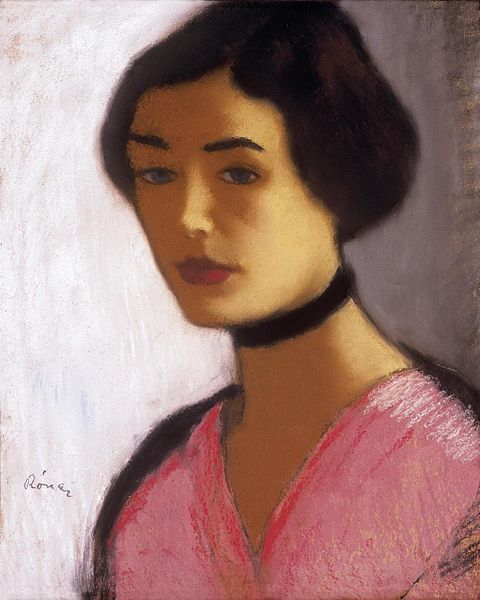 |
| 'The Green Dress' (c.1890-99) by John White Alexander; Private Collection |
Choosing American painter John White Alexander, born on 7 October 1856 and died on 31 May 1915, for today's post was a very quick decision. Just one glance at the images of his paintings made me decide not to look any further. But then I spent an awful lot of time trying to come up with the best painting for this post. Even though I have picked this one, I'm still not sure because there are so many that I love. So just click here and here and here and here, for example. Well, you probably know by now what I like and these are all beautiful paintings of elegant women in stylish dresses. When seeing these paintings, you wouldn't have thought that Alexander had started his career as a political cartoonist and illustrator for Harper's Weekly. He got his formal art training in Europe. When he got back to New York, he became a highly succesful society portrait painter. I think the painting of today is beautiful. Absolutely love the silky fabric of the dress. Alexander has painted more women in green dresses so go and have a look on the internet if you like this one.



























